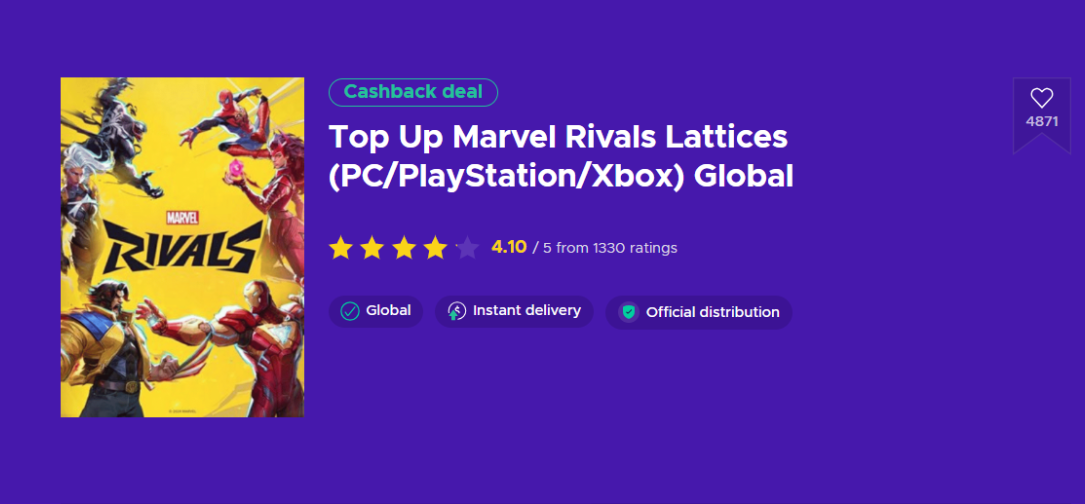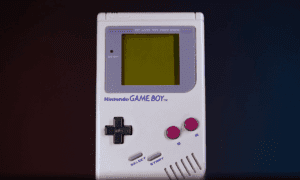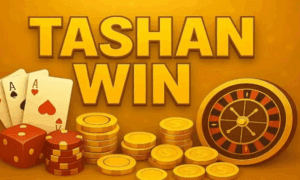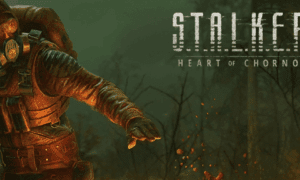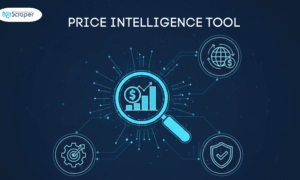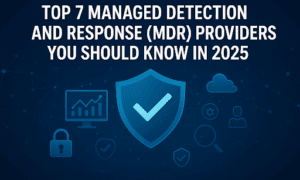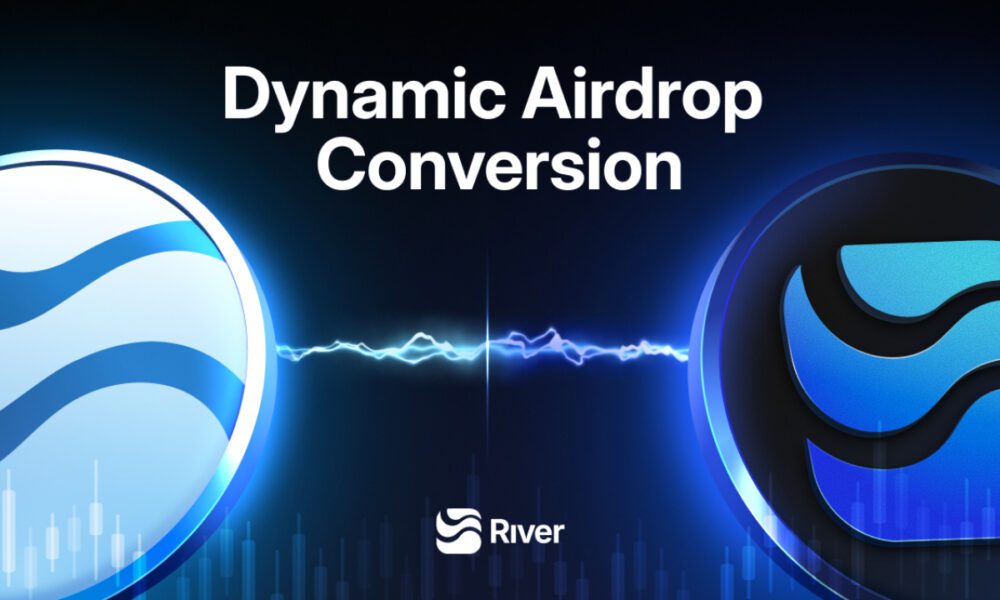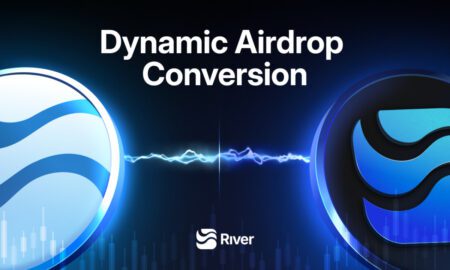In an industry driven by risk, leveraging well-known intellectual property is gaming’s most consistent shortcut to success. Studios aren’t just creating new worlds — they’re licensing ones players already know, trust, and love. And for publishers, it’s not just about nostalgia. It’s a business model built on engagement, retention, and recurring revenue.
One of the latest examples? Marvel Rivals, a team-based PvP shooter built on the sprawling Marvel universe. The title blends hero-based combat with seasonal content — a familiar format, now supercharged by a globally recognized brand.
And at the heart of it all lies a modern monetization engine: in-game currency systems. From Fortnite’s Star Wars crossovers to Hogwarts Legacy’s record-breaking launch, licensed titles are consistently outperforming original IPs across both engagement and revenue metrics, and Marvel Rivals is following suit.
Why IP Is the Smartest Bet in Gaming Right Now
Original IPs face a steep climb — brand recognition, lore-building, audience trust. Known franchises skip that uphill battle. With titles like Marvel Rivals, players instantly recognize the characters, understand the stakes, and are emotionally invested before the first match even begins.
This dramatically reduces acquisition costs, shortens the time-to-engagement curve, and raises the ceiling on lifetime value per user. In plain terms: players stick around longer and spend more when they care about the world they’re in.
The Live Service Model: Monetization Meets Fandom
Live-service games thrive on ongoing updates, limited-time events, and cosmetic customization. For games built on beloved IP, these updates are more than gameplay features.
When new skins or themed events are tied to iconic characters, the incentive to spend increases exponentially. Instead of generic add-ons, players are purchasing something with emotional and cultural weight.
That’s where the Marvel Rivals top up comes in. It allows players to instantly access in-game currency, giving them the flexibility to unlock exclusive content without grinding. For developers, this model generates steady, scalable revenue. For players, it enhances the experience without adding friction.
The Psychology of Nostalgia in Digital Economies
Spending in games used to be utilitarian: unlock a level, buy a weapon. Now it’s identity-driven. Players use cosmetics and upgrades to express personality, and when those items are tied to familiar IP, the desire to participate increases.
This isn’t just about skins. It’s about tapping into decades of emotional investment. And when that connection is combined with limited-time content, seasonal urgency, and visible status symbols, the result is a high-performing monetization flywheel.
IP-Based Games Are Ecosystems, Not Just Products
With recurring content drops, top-up systems, and community events, games like Marvel Rivals function more like entertainment platforms than one-off products. They’re built for long-term engagement and cross-channel synergy, with potential tie-ins to film releases, merchandise, and more.
Offering options to top up in-game currency supports this ecosystem. Not only does it enable players to invest when and how they choose, but it also allows the developers to expand a free-to-play game with new content and updates, keeping the momentum going long after launch.
Final Thought: Familiarity Scales
Licensing beloved IP isn’t a creative shortcut — it’s a smart business decision. It lowers marketing barriers, deepens engagement, and creates fertile ground for live-service monetization. As Marvel Rivals entered the market, it not only launched a new game, it reinforced the value of branded ecosystems in modern gaming.
And with digital marketplaces like Eneba, offering fast and secure access to in-game currencies like Marvel Rivals top-ups, the monetization model scales globally. Players can invest with ease, and studios can turn brand recognition into lasting revenue — a win for both sides of the controller.

